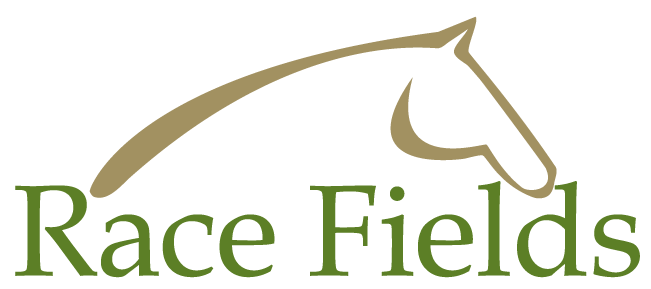A doubling of testing-in-training samples taken is one of the measures announced by the British Horseracing Authority following the completion of a review of its Anti-doping and Medication Control Policy.
The number of post-race testing samples is to increase by 20 per cent, while the BHA said an extended but renegotiated contract with the Horseracing Forensic Laboratory will result in lower per-unit sampling costs.
Other measures include an increased investment in research including the continuation of hair sample analysis techniques in order to explore the feasibility of regulatory hair sampling.
The sport has been in the headlines this year after well-publicised cases involving trainers Mahmood Al Zarooni and Gerard Butler saw the pair disqualified for eight years and five years respectively.
"The two high-profile investigations this year have brought BHA's Anti-Doping and Medication Control Policy into the spotlight, and highlighted the need for an appropriately robust strategy towards doping control," BHA chief executive Paul Bittar said.
A review of the existing policy was instigated in May 2013 and considered all aspects, including the overall strategy towards doping control, budget allocated, number and balance of each method of testing, screening techniques, the contract with HFL and the direction of research and development.
The revised policy will become effective as of January 1, 2014 and will be reviewed quarterly to assess its effectiveness.
 InglisDigitalAUS
InglisDigitalAUS InglisDigitalUSA
InglisDigitalUSA







